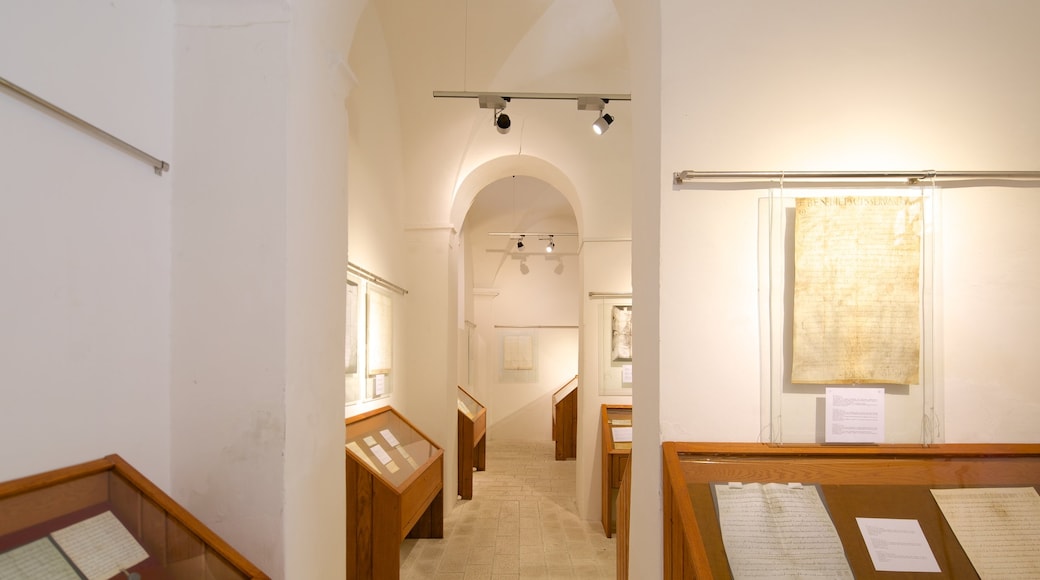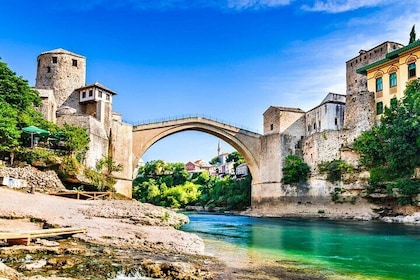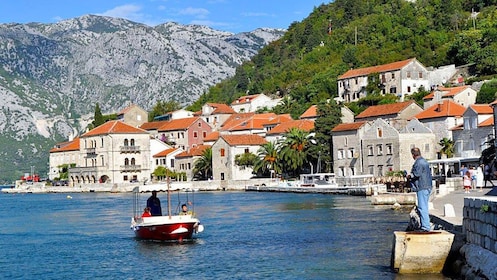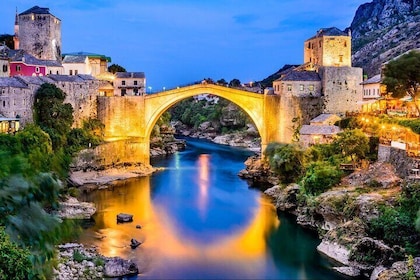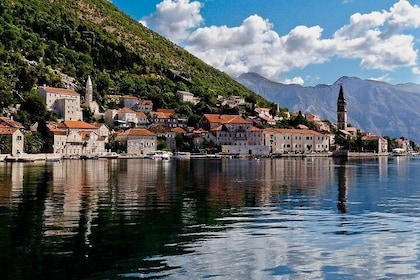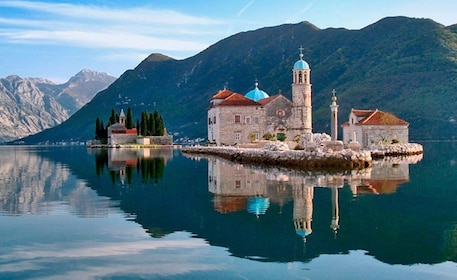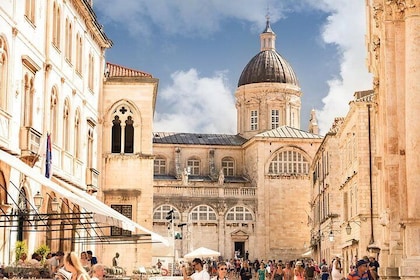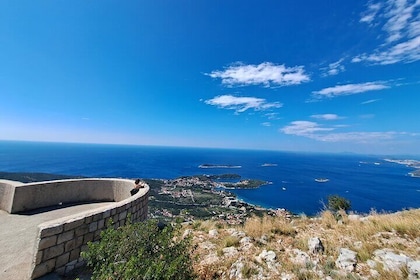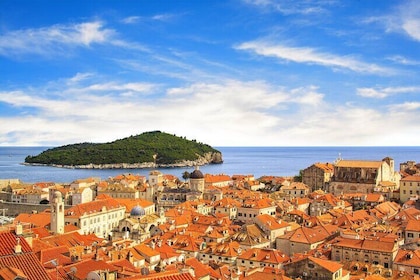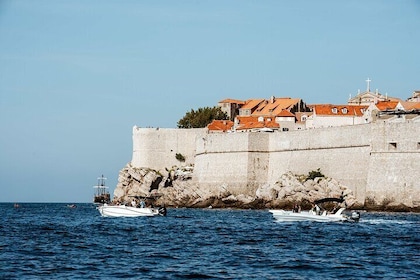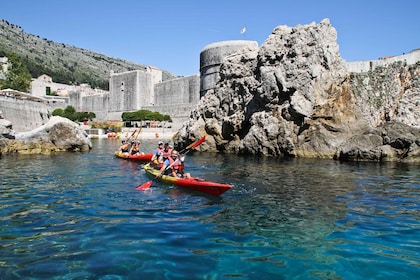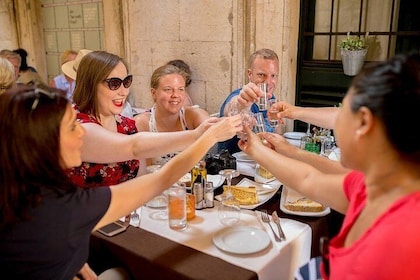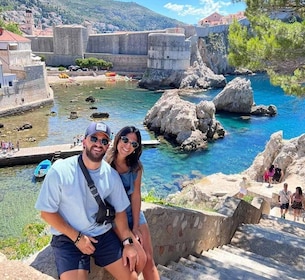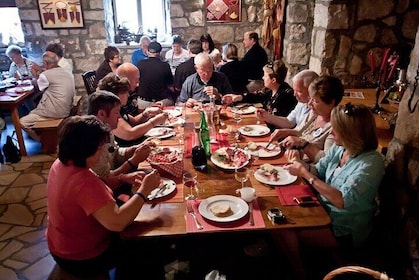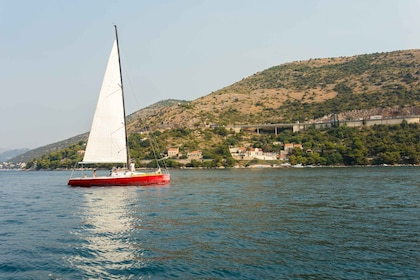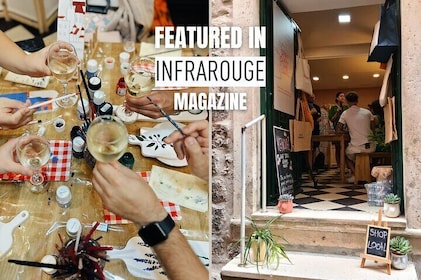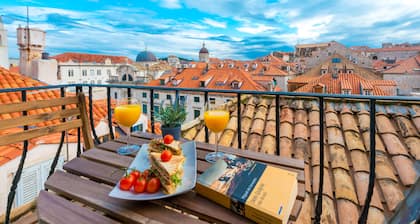Sponza Palace is a beautiful mixture of gothic and renaissance architectural styles, and one of only a few buildings to survive the Great Earthquake of 1667. Originally developed as a customs house, the 16th-century edifice has also acted as a mint, state treasury and a bank. Today, it is home to a memorial dedicated to the Croatian War of Independence, as well as serving as a venue for exhibitions and events.
Take the time to appreciate the building’s main façade with its statue of the city’s patron saint set in an alcove. Read the inscription above the main arch of the portico, a remnant of the palace’s original function. The words translate as: “When I measure the goods, the Lord measures with me”. Observe the contrasting styles between the late-gothic windows of the second floor and the renaissance-style windows found on the floor above.
Tour the internal courtyard and wander between its many arches. See the sculpture high up on the back wall of two angels carrying a medal inscribed with the monogram of Jesus.
Sponza Palace houses the state archives, a collection of manuscripts covering more than 1,000 years. Although the archives are not open to the public, peruse photocopies of some of the most valuable documents. They are displayed in rooms branching off the courtyard.
Visit the Memorial Room of the Dubrovnik Defenders, an exhibition space which commemorates the Croatian War of Independence. The exhibit includes portraits of more than 300 defenders and civilians who lost their lives during the siege.
Be sure to see if there are any special events taking place in the palace courtyard. With its excellent acoustics and elegant architecture, this area frequently hosts concerts, theatrical performances and art exhibitions.
Sponza Palace is open daily and admission is free. The palace is located in Luza Square at the end of the Stradun, the old town’s main street.




